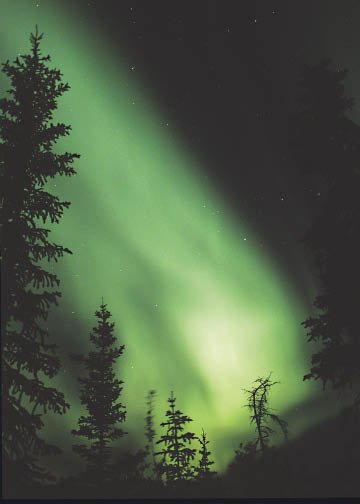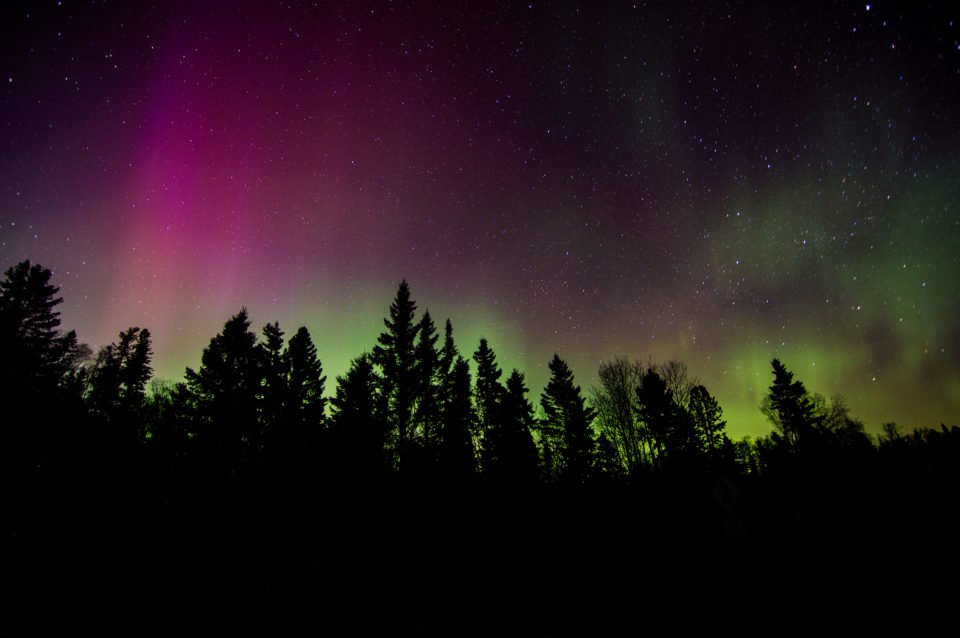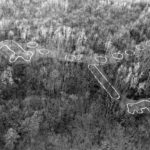My first memory of northern lights—formally known as the aurora borealis—goes back about 40 years, when I was a youngster growing up on Munro Street in Port Arthur (now part of Thunder Bay). I still remember looking up one night and being mesmerized by the strange white and green lights moving silently across the black sky.
My mother said it was angels dancing in the heavens. At the time, I believed her.
Northern Lights Folklore
In world folklore, the roots of the northern lights go deep in the spirit world. Finnish legend explains the lights were sparks from the fur of magical “fire fox” (revontulet), while Scandinavian folklore said the lights were souls of young women. Scots called the lights the “merry dancers.’’
The Lakota Sioux thought the northern lights were spirits of future generations waiting to be born, while people of the Six Nations Confederacy considered the lights to be entry points into the Land of Souls. People of the North, like the Inuit and Sami, feared being struck by the lights if they whistled at them. And to the Cree and Ojibwe of Lake Superior, the lights represented the dancing of their brightly-clothed departed friends.

Science behind the Northern Lights
The aurora borealis starts on the sun. Violent explosions and flares hurl vast amounts of high-energy charged particles out into space. Clouds of such particles are called plasma and the stream of plasma coming from the sun is known as the solar wind.
Travelling 1-3 million kilometres an hour, the particle-laden solar wind streams from the surface of the sun and reaches the earth’s magnetosphere three or four days later. The magnetosphere deflects the solar wind toward the poles. The particles smash into the earth’s upper atmosphere. As they collide with different gases (causing what are called geomagnetic storms), they become visible as northern lights.
How to Find Them
Given the right conditions, you can see nature’s spectacular light show in the Northern Wilds. Every 11 years, the sun’s flare activity peaks. During this time, the sun will shoot more particles to Earth, which typically results in more widespread and intense auroras.
The key to aurora-watching is to knowing when there is a geomagnetic storm. Check out space weather websites for aurora borealis alerts. When you hear something like “a solar wind stream is buffeting Earth’s magnetosphere and causing geomagnetic storms,’’ get ready—the northern lights are coming our way.
With so much information on “space weather’’ available, has the mystery of the northern lights been solved? According to NASA scientists, no. They still don’t know precisely where or when the lights will appear, or what causes the pattern, waves and swirls.
This story was originally published in the Feb.-March 2011 issue of Northern Wilds Magazine.




